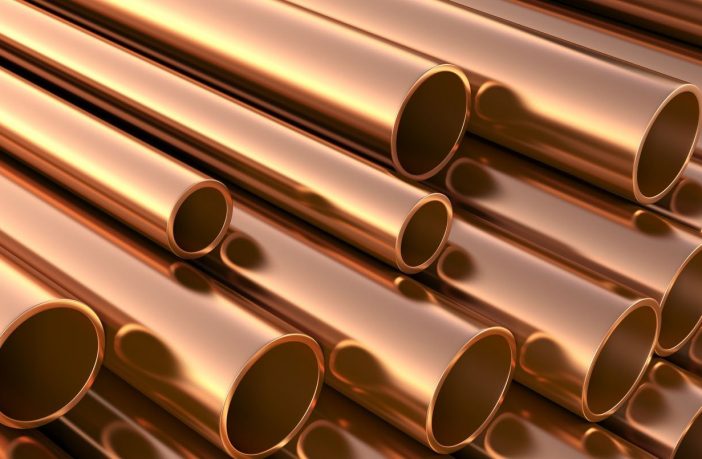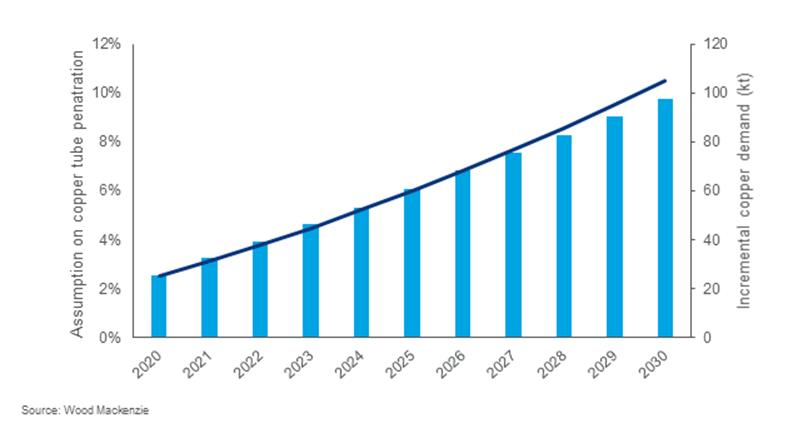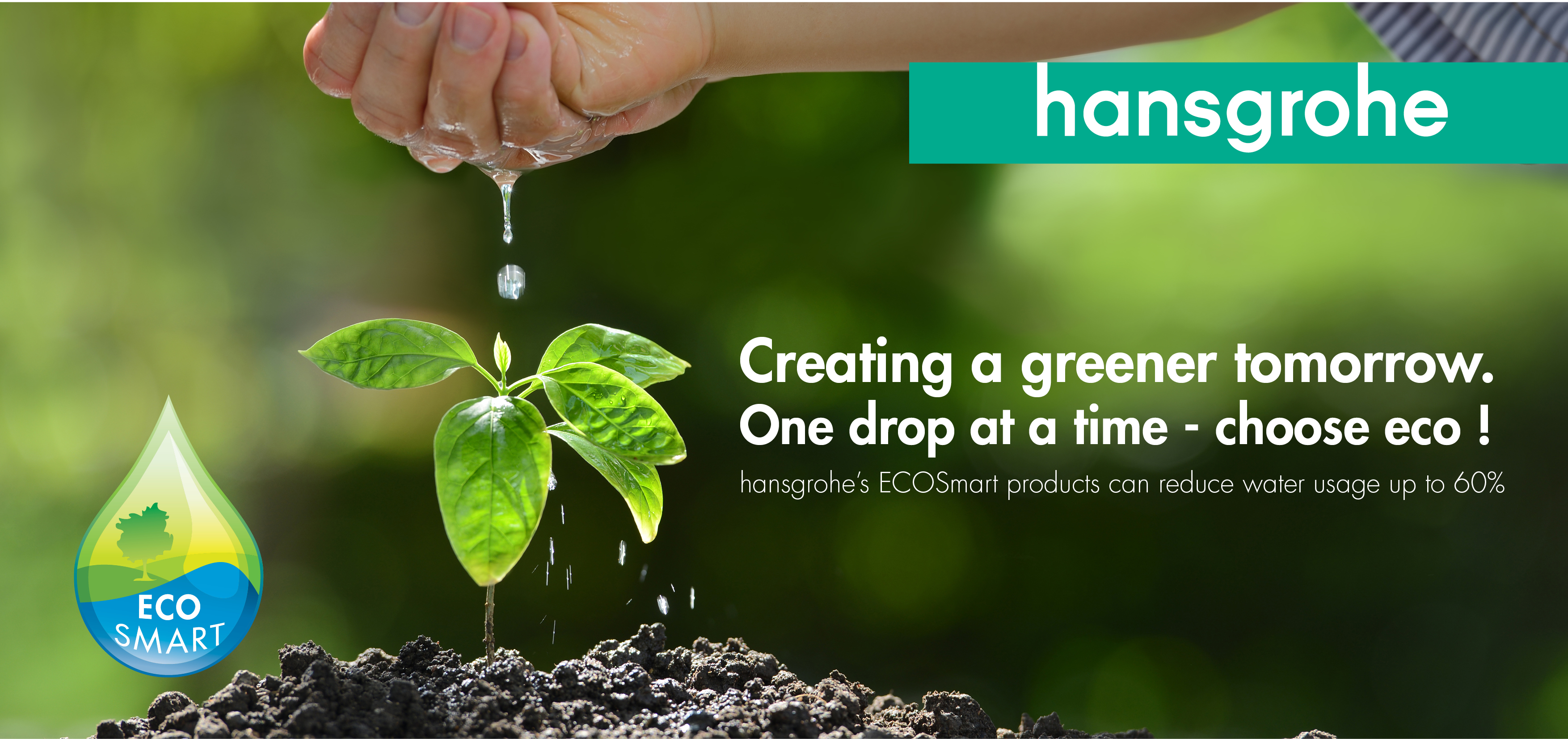- China has set new standards for Green Building Evaluation which came into effect on 1st August 2019.
- The new standards have drawn great attention from the copper industry, as copper pipes are now included as one of the recommended materials for inflow water pipes for green buildings.’
- A building will be able to get a higher score for Safety and Endurance if copper or stainless-steel water pipes are used.
- It is estimated that Chinese copper consumption (direct use of scrap plus refined copper) would increase from 25kt to 100kt leading up to 2030 on the back the recommendation.
Copper and stainless-steel pipes are listed as the recommended material for inflow water pipes under the Safety and Endurance category in China’s new building standards. A building will be able to get a higher score for Safety and Endurance if copper or stainless-steel water pipes are used.
The antimicrobial properties of copper and copper alloys mean that lead-free copper tube is better than PVC plastic for water pipes. However, the main obstacle to mass adoption is the economics of using copper pipes compared to that of a plastic or stainless-steel.
Copper piping has no short-term cost advantage in comparison to plastic and/or stainless-steel pipes based on current price differentials between these raw materials. Therefore, from an immediate cost saving perspective, copper pipes would not be the preferred solution for green buildings even if the developer wants to comply with the new standards.
From a life cycle cost point of view, copper and stainless-steel tubes are certainly better than plastic tubes because of their durability and recycling value. Nevertheless, stainless-steel still has the cost advantage over copper tube after taking the recycling values into consideration.
It must be noted that the water system accounts for a very small portion of the renovation cost of an average apartment and for an even smaller portion of the total construction cost of a building. Woodmac believes that the likely adoption of copper tubes will be in high-end residential structures, offices, commercial, educational and healthcare buildings.
Impact on copper demand
Chart: Additional copper demand from copper pipe adoption in green buildings. Credit: Woodmac
Woodmac believes that copper piping demand will increase from 2.5% in 2020 to 10.5% in 2030 for urban residential structures, offices, commercial, educational and healthcare buildings. This assumption is formed based on the target of achieving 50% share of green buildings in new urban buildings, and an increase in the penetration of copper piping from 5% to 15% over this time frame. Based on this assumption, total Chinese copper consumption (direct use of scrap plus refined copper) would increase from 25kt to 100kt over and above our base case forecasts.
Woodmac adds that most of the impact on total copper consumption will be absorbed by direct use of scrap rather than refined copper as copper plumbing tube has a higher ratio of copper scrap.
Author: Bryan Groenendaal
Source: Woodmac













